A backyard garden is more than just a patch of greenery—it can be a thriving, productive space that provides fresh vegetables, fruits, and herbs while adding beauty and structure to your outdoor environment. The secret to a productive garden lies in thoughtful design and layout. With the right planning, even a small space can yield abundant harvests.
Here, we’ll explore seven creative and practical backyard garden layout ideas that suit different needs, spaces, and lifestyles. Each design balances productivity, ease of use, and visual appeal, giving you inspiration for building the garden of your dreams.
1. The Classic Raised Bed Layout
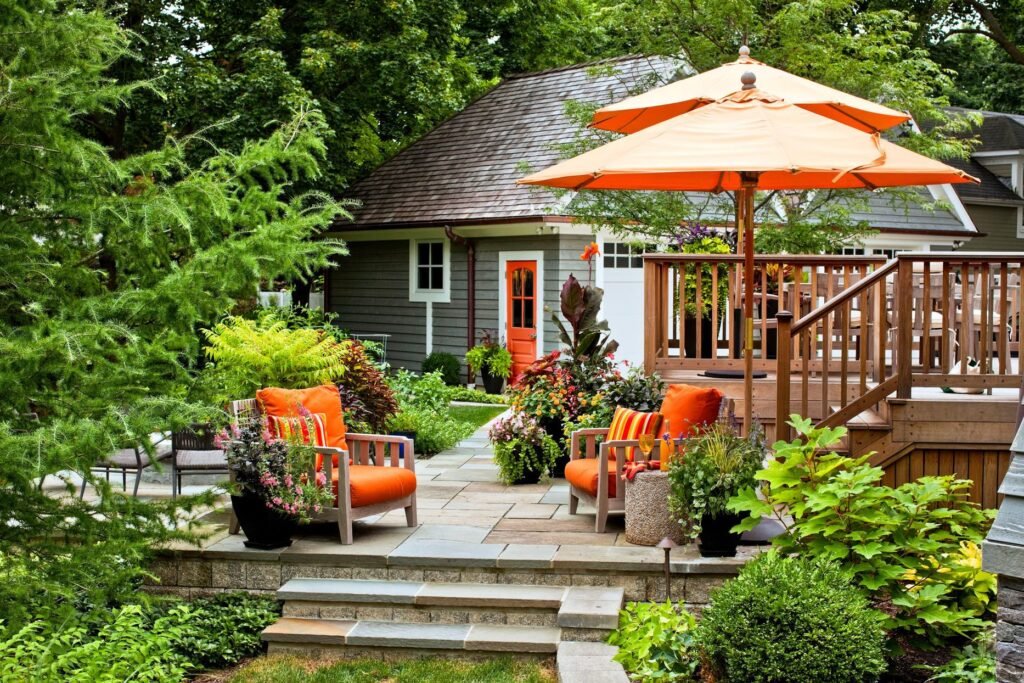
Raised beds are one of the most popular and efficient garden designs, especially in backyards with poor or compacted soil.
Key Features:
- Beds are built above ground, framed with wood, stone, or metal.
- Typical dimensions are 3–4 feet wide for easy access and 6–8 feet long.
- Paths run between beds, usually mulched or paved for cleanliness.
Advantages:
- Excellent drainage and soil control.
- Easier to maintain—no need for heavy tilling.
- Keeps weeds down and warms faster in spring.
Best For: Gardeners with limited space, beginners, or those who want neat, organized growing areas.
Pro Tip: Dedicate each bed to a crop family (leafy greens, root vegetables, nightshades, legumes) to simplify rotation and avoid soil-borne diseases.
2. The Square Foot Garden
For maximum yield in minimum space, square foot gardening is a proven approach.
Key Features:
- Beds are divided into 1-foot squares with string or wooden dividers.
- Each square is planted with a specific crop—one tomato plant, four lettuce plants, nine onions, etc.
- Emphasizes intensive planting and crop diversity.
Advantages:
- Highly efficient and space-saving.
- Easy to plan, plant, and maintain.
- Reduces weeds and maximizes harvests in small yards.
Best For: Urban gardeners or anyone with a small backyard.
Pro Tip: Place tall crops like trellised beans or tomatoes on the north side to prevent shading smaller plants.
3. The Potager (Kitchen Garden)
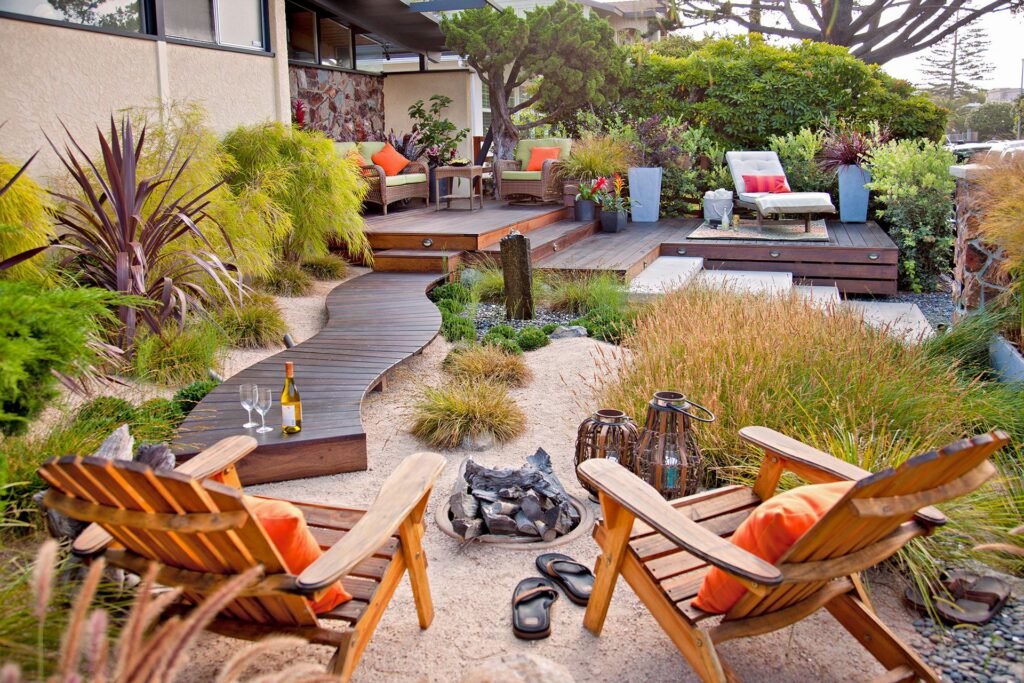
A potager blends beauty and function, often designed in geometric patterns with vegetables, herbs, and flowers growing side by side.
Key Features:
- Decorative beds arranged symmetrically, often with gravel or brick paths.
- Mix of edible and ornamental plants for year-round interest.
- Central focal points like a fountain, trellis, or fruit tree.
Advantages:
- Adds aesthetic charm while being highly productive.
- Attracts pollinators and beneficial insects with flowers.
- Easy to integrate herbs and seasonal vegetables into cooking.
Best For: Gardeners who value beauty as much as productivity.
Pro Tip: Incorporate edible flowers like nasturtiums and calendula for color and culinary use.
4. The Vertical Garden
When space is tight, think upwards. Vertical gardening makes use of walls, fences, trellises, and towers to grow more in less space.
Key Features:
- Vines and climbers such as cucumbers, beans, and peas grow on trellises or netting.
- Vertical planters or wall-mounted pockets hold herbs and greens.
- Hanging baskets extend growing space above ground.
Advantages:
- Maximizes production in small yards or patios.
- Improves air circulation, reducing disease risk.
- Creates visual interest with layered greenery.
Best For: Small backyards, renters, or anyone wanting a modern, space-saving garden.
Pro Tip: Pair vertical structures with ground-level crops that tolerate partial shade, like lettuce or spinach, to use space efficiently.
5. The Companion Planting Layout
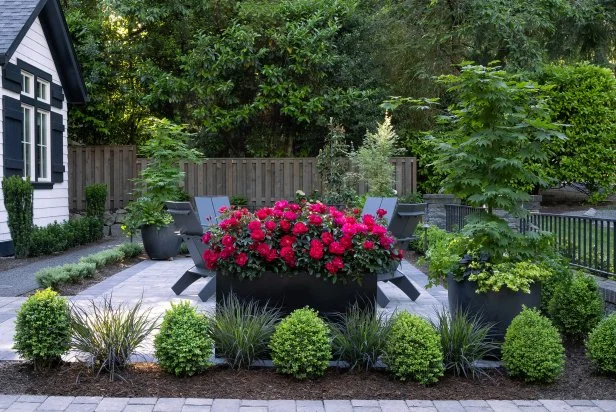
Companion planting is an age-old method of designing gardens to maximize natural plant relationships.
Key Features:
- Certain crops are planted together to benefit each other.
- For example:
- Corn, beans, and squash (the “Three Sisters”) thrive together.
- Basil improves tomato flavor and repels pests.
- Onions deter carrot flies when planted alongside carrots.
- Beds or plots are organized by beneficial pairings rather than crop type.
Advantages:
- Naturally deters pests and attracts pollinators.
- Enhances soil health and reduces need for chemicals.
- Increases overall yield and crop resilience.
Best For: Gardeners focused on sustainability and organic methods.
Pro Tip: Keep a companion planting chart handy when planning layouts to avoid incompatible pairings (like onions and peas).
6. The Perennial Edible Garden
Instead of replanting every season, a perennial garden provides food year after year with less work.
Key Features:
- Incorporates long-lived edibles such as asparagus, rhubarb, artichokes, berry bushes, fruit trees, and perennial herbs.
- Often arranged in orchard-style rows or mixed plantings with perennials as anchors.
- Complemented by annuals for variety.
Advantages:
- Lower maintenance after establishment.
- Provides reliable food sources year after year.
- Enhances soil structure and creates permanent habitats for pollinators.
Best For: Homeowners with long-term plans who want a self-sustaining food source.
Pro Tip: Plant perennial crops at the back or edges of your garden so they don’t interfere with annual rotation.
7. The Permaculture-Inspired Layout
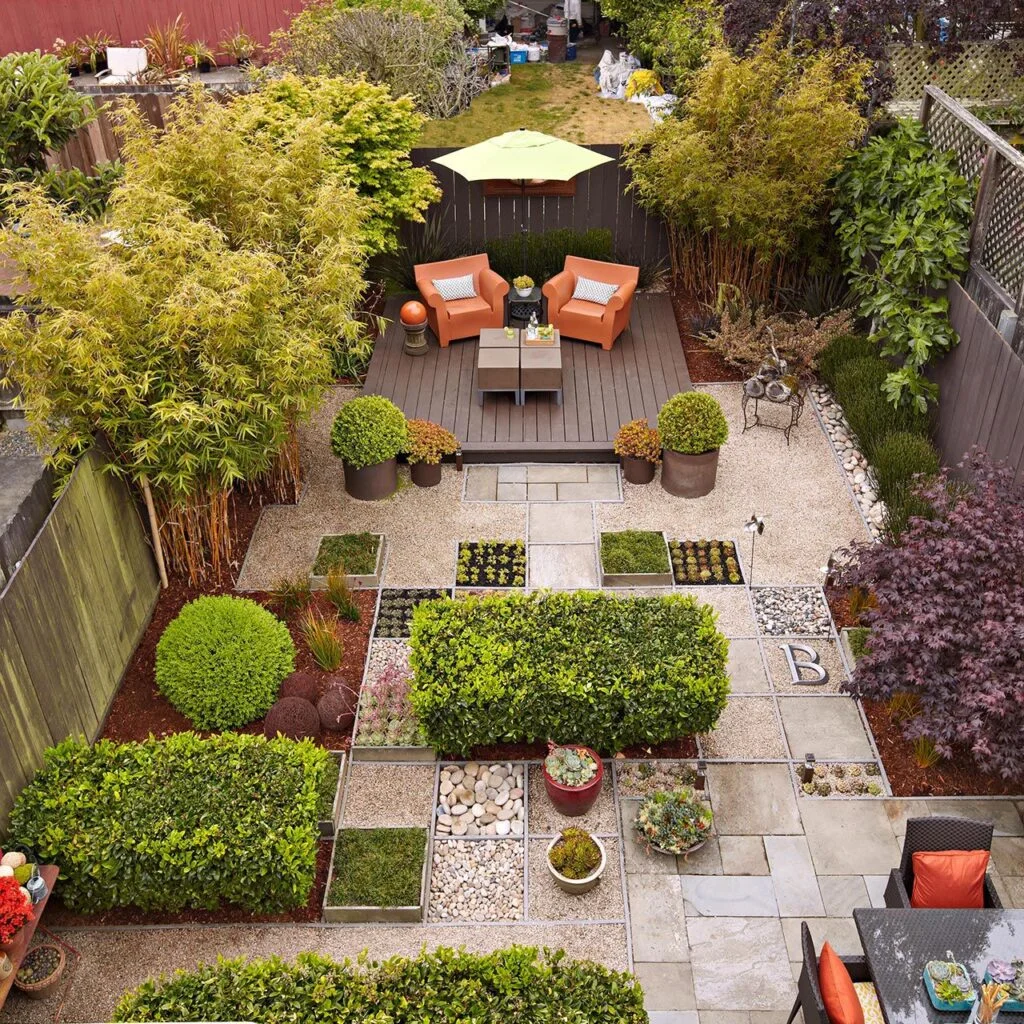
Permaculture design mimics natural ecosystems to create sustainable, low-maintenance gardens.
Key Features:
- Uses zones, with high-maintenance crops closest to the house and low-maintenance perennials further away.
- Combines fruit trees, shrubs, herbs, vegetables, and pollinator plants in layered “guilds.”
- Maximizes ecological balance and natural resource use.
Advantages:
- Creates a resilient and diverse food system.
- Reduces reliance on fertilizers, pesticides, and outside inputs.
- Integrates water management with swales, rain gardens, and mulching.
Best For: Gardeners committed to sustainable living and ecological practices.
Pro Tip: Start small with a herb spiral or fruit tree guild, then expand as you learn permaculture principles.
Tips for Choosing the Right Layout
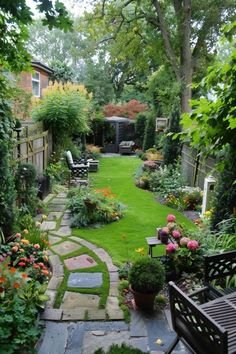
With so many options, how do you pick the right one for your backyard? Consider:
- Space – Small yards benefit from vertical gardens or square foot gardening; larger yards can handle raised beds or permaculture zones.
- Time Commitment – If you want low maintenance, focus on perennials; if you enjoy daily care, potagers or companion layouts may suit you.
- Aesthetics vs. Productivity – Do you want a garden that looks ornamental (potager) or one purely optimized for yield (raised beds)?
- Climate and Soil – Some layouts work better in certain conditions. For example, raised beds warm quickly in cool climates.
- Personal Cooking Habits – Grow what you’ll actually eat to make the garden worth your effort.
Common Mistakes to Avoid
- Overcomplicating the Layout: Too many beds, paths, or structures can become overwhelming.
- Ignoring Sunlight: Placing beds where tall fences or trees cast shade reduces productivity.
- Lack of Path Access: Narrow or muddy paths make harvesting and maintenance frustrating.
- Overplanting: Planting too much at once often leads to waste and gardener burnout.
Conclusion
Designing a productive backyard garden is both art and science. From neat raised beds to sprawling permaculture landscapes, there are endless possibilities to suit your space and lifestyle. The key is choosing a layout that fits your needs—not just in terms of harvest, but also in maintenance, aesthetics, and enjoyment.
By experimenting with these seven layout ideas, you can transform your backyard into a productive, beautiful, and sustainable source of food. Whether you dream of a decorative potager, a low-maintenance perennial patch, or a tightly organized square-foot garden, there’s a design that can help you make the most of your outdoor space.





